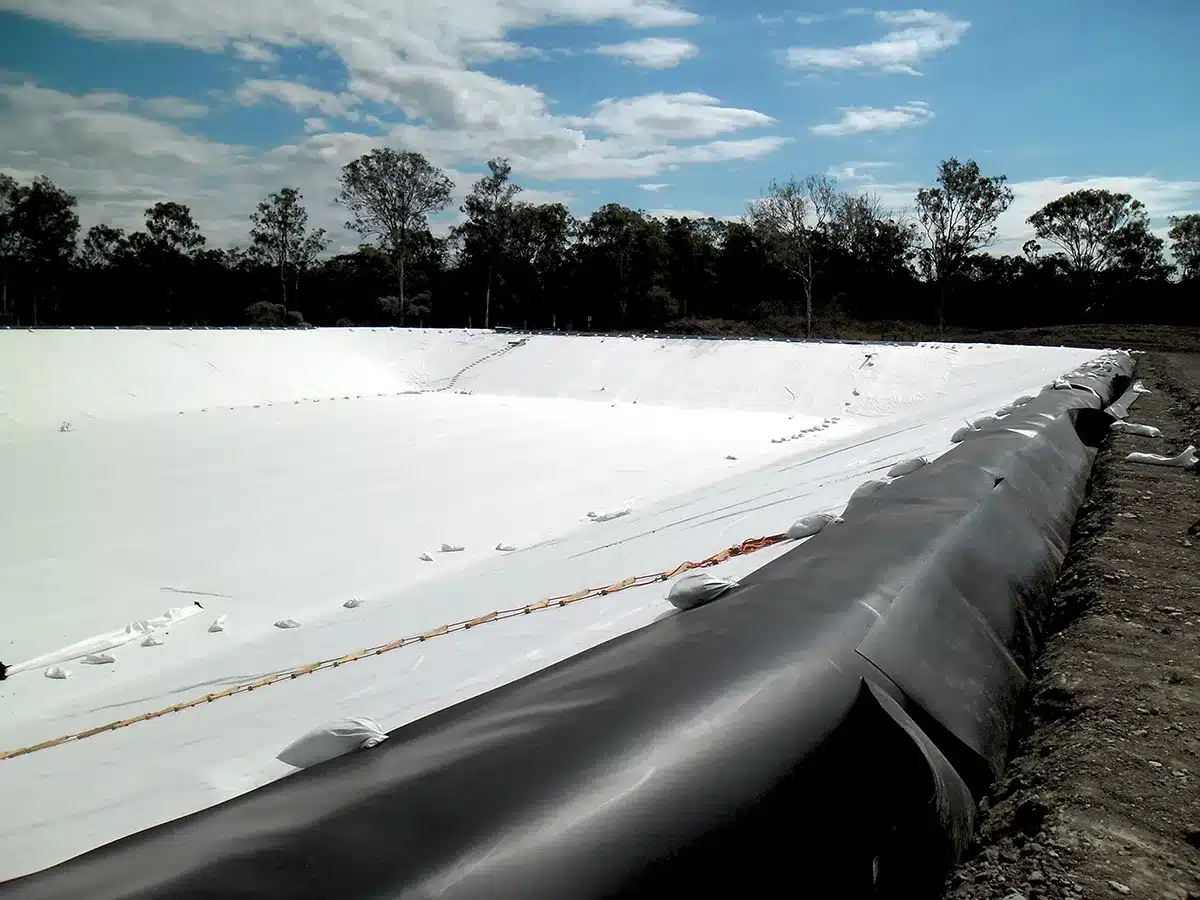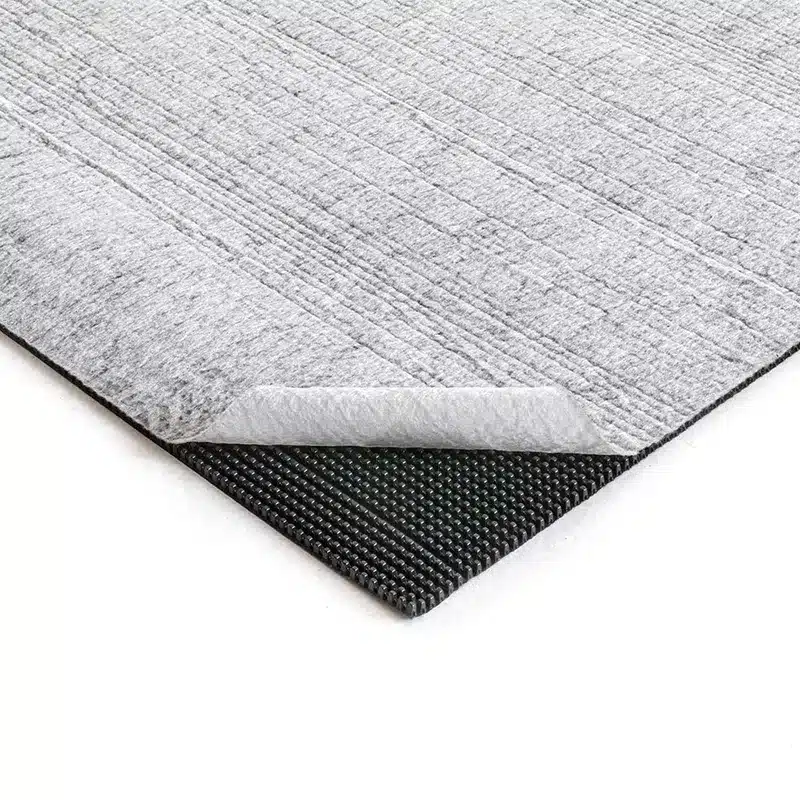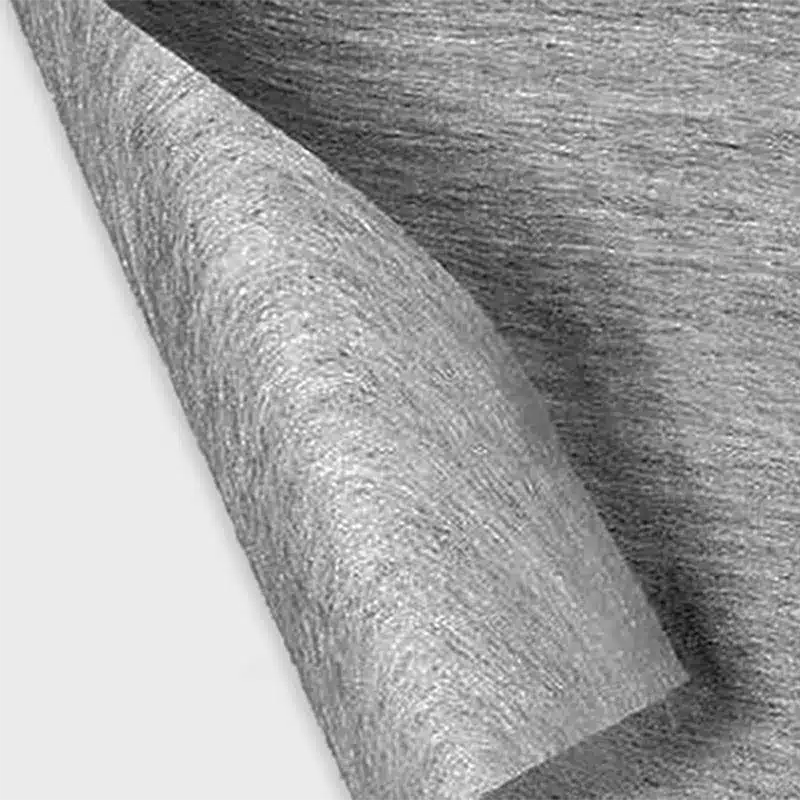+86-159 9860 6917
info@geofantex.com
geofantex@gmail.com
+86-400-8266163-44899
Have you ever wondered what fabric with holes in it is called? In this article, we’ll uncover the mystery behind this versatile material known as geotextile. From its composition to its wide-ranging applications, we’ll explore everything you need to know about geotextile fabric.
What is the composition of geotextile fabric?
Geotextile fabric is typically made from synthetic polymers such as polyester or polypropylene. These fibers are woven or non-woven to create a porous structure with openings that facilitate drainage and filtration.

What are the main functions of geotextile fabric?
Geotextile fabric serves several important functions in civil engineering, construction, and landscaping projects, including:
- Filtration: It acts as a filter, allowing water to pass through while retaining soil particles.
- Drainage: It facilitates the drainage of water and fluids, preventing waterlogging and soil erosion.
- Reinforcement: It reinforces soil structures, improving stability and load-bearing capacity.
- Separation: It separates different soil layers or materials, preventing mixing and maintaining structural integrity.
What are the applications of geotextile fabric?
Geotextile fabric has a wide range of applications across various industries, including:
- Road and railway construction: Used for road stabilization, erosion control, and drainage.
- Landfills: Used for leachate collection, filtration, and soil stabilization.
- Environmental protection: Used in erosion control, shoreline protection, and wetland restoration.
- Agriculture: Used for soil stabilization, crop protection, and erosion prevention.
- Construction: Used for foundation reinforcement, retaining wall construction, and slope stabilization.
What are the benefits of using geotextile fabric?
The benefits of using geotextile fabric include:
- Improved soil stability and erosion control
- Enhanced drainage and filtration
- Reduced maintenance and repair costs
- Extended lifespan of infrastructure and landscaping projects
Geotextile fabric, also known as fabric with holes, is a versatile material with numerous applications in civil engineering, construction, and landscaping. From filtration to reinforcement, its functions are crucial for maintaining soil stability, preventing erosion, and enhancing the longevity of various projects. By understanding its composition, functions, applications, and installation methods, we can harness the full potential of geotextile fabric to address a wide range of engineering and environmental challenges.



Get Free Sample
We’ll respond as soon as possible(within 12 hours)





















